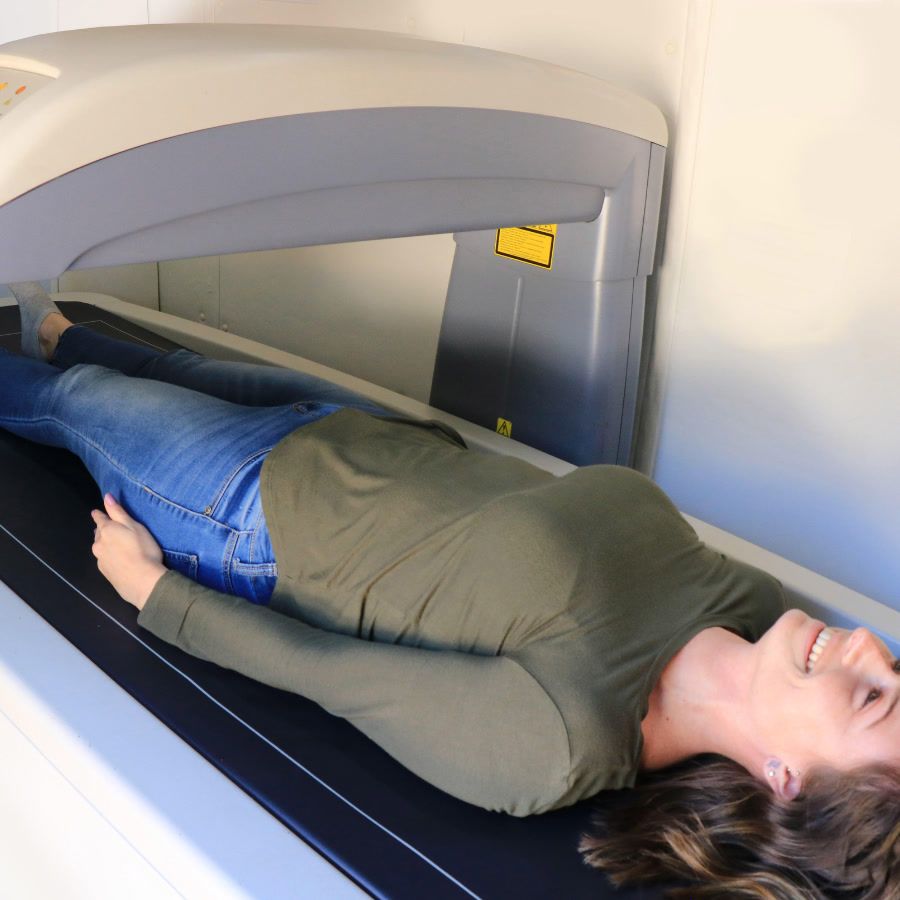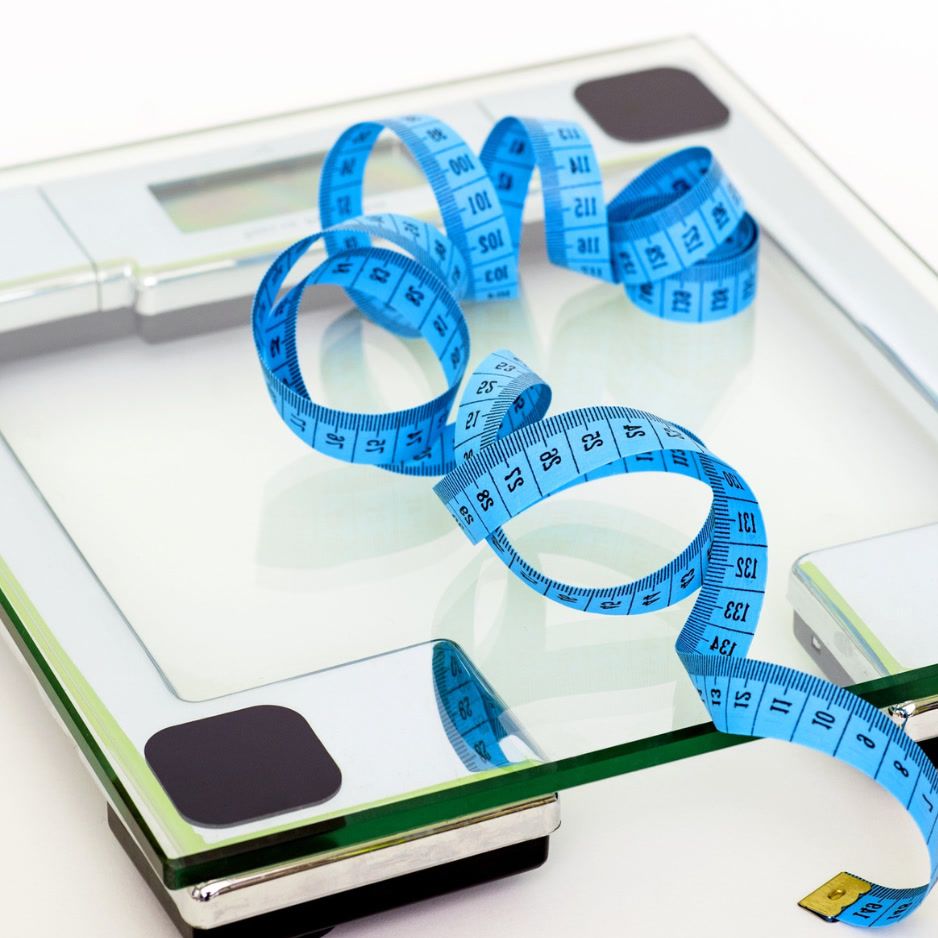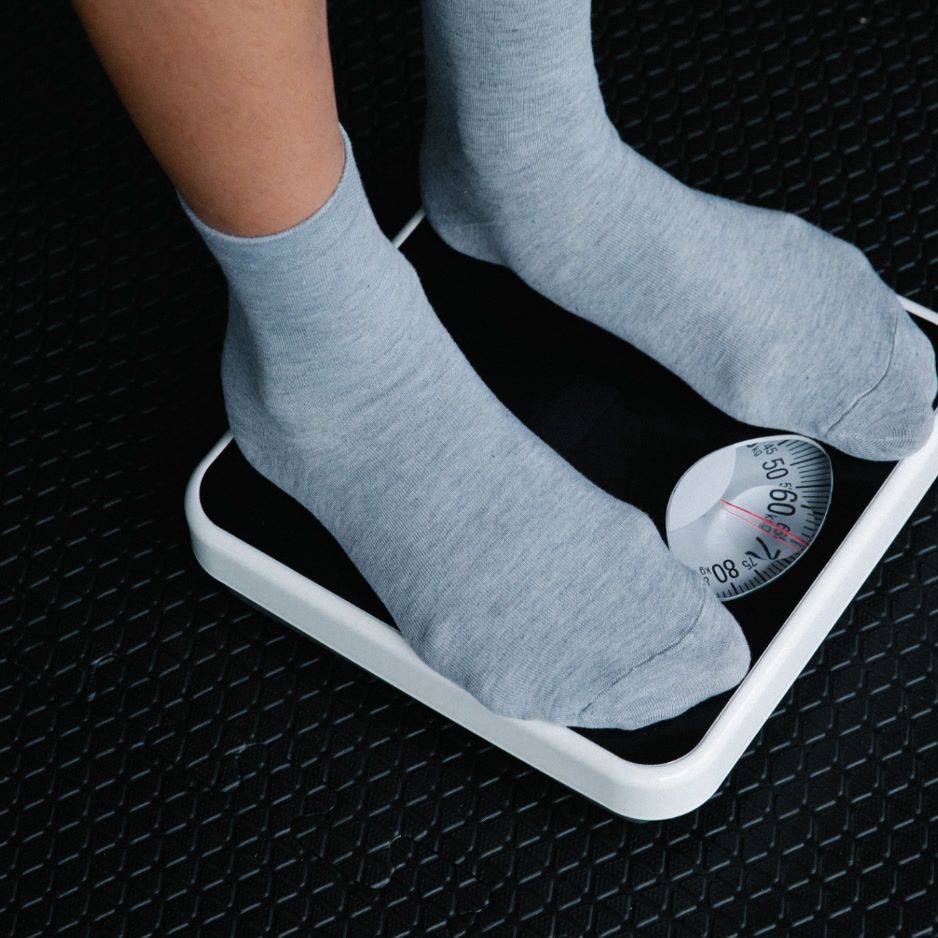Metabolic Age Calculator: Formulas and Action Plan

Metabolic Age Calculator: Compare Formulas & Action Plan
Enter a few data points—age, sex, height, weight, and (optionally) body-fat percentage—and the calculator above will show you:
- Your estimated basal metabolic rate (BMR)
- Your metabolic age benchmarked against averages from large population studies
- Side-by-side results from two of the most widely used and validated equations:
- Mifflin–St Jeor (weight- & height-based) (Mifflin et al., 1990)
- Katch–McArdle (lean-mass based) (McArdle, Katch & Katch, 2022)
- A personalized calorie range for weight maintenance, fat loss, or muscle gain
Use the results as a starting point—then scroll down for the science, accuracy limits, and concrete steps to lower your metabolic age.
What Exactly Is Metabolic Age?
Think of metabolic age as a report card for how efficiently your body burns energy compared with the average person of a given age and sex. If the number you see is lower than your chronological age, your metabolism is performing like that of a younger individual. If it’s higher, your resting energy expenditure is lower than expected for your age.
For a deep dive, see our companion explainer What Is Metabolic Age?.

The Quick Formula Behind the Concept
Metabolic age is derived rather than directly measured. Most tools follow this flow:
- Estimate resting energy expenditure (REE) or BMR via a predictive equation.
- Compare that calorie burn to age- and sex-specific reference charts built from large population studies.
- Translate your percentile rank into an age equivalency.
Because reference databases vary by provider, two calculators can generate slightly different ages even when they use the same BMR formula.
How Our Calculator Works (And Why We Offer Two Equations)
| Equation | Inputs Required | Best For | Accuracy vs. Indirect Calorimetry |
|---|---|---|---|
| Mifflin–St Jeor | Sex, age, weight, height | Most adults, especially if you don’t know body-fat % | ± 10 % (Frankenfield et al., 2005) |
| Katch–McArdle | Lean body mass or body-fat % | Athletes or anyone with a recent DEXA or skinfold reading | Mean bias −1.5 % (Freitas et al., 2021) |
Why two options? Because body composition matters. A 180-lb powerlifter and a 180-lb sedentary office worker burn calories very differently. Using lean-mass data narrows the margin of error.
Step-by-Step Example Calculation
Let’s run the numbers for Taylor, a 35-year-old female who weighs 150 lb (68 kg), stands 5'6" (168 cm), and has 25 % body fat.
1. Estimate BMR
Katch–McArdle
LBM = 150 lb × (1 − 0.25) = 112.5 lb (51 kg)
BMR = 370 + (21.6 × LBM_kg) = 370 + (21.6 × 51) ≈ 1,472 kcal/day
2. Automatic Benchmarking
The calculator instantly matches this BMR against a reference database of 11,951 adults (McMurray et al., 2014). That study shows women of Taylor’s size and age average ≈ 1,500 kcal/day, and the tool uses the difference to convert BMR into an equivalent metabolic age.
3. Interpret the Result
Since Taylor’s BMR is lower than average for her peers, her resting metabolism is less active than expected, resulting in a metabolic age of about 40—five years older than her chronological age.
How Accurate Is an Online Metabolic Age Calculator?
For most healthy adults, online calculators provide a reasonable ballpark figure, typically within ± 10 % of lab-measured values. However, several factors can shrink—or widen—that margin of error:
- Extremely lean or very high body-fat
- Recent rapid weight loss (metabolic adaptation)
- Thyroid disorders or chronic illnesses
- Medications that alter metabolism (e.g., beta-blockers)

For laboratory-grade precision, you’d need indirect calorimetry—a clinical RMR test that measures oxygen and CO₂ exchange (Compher et al., 2006). Additionally, pairing indirect calorimetry with a BodySpec DEXA scan provides an even fuller picture—including visceral fat and skeletal muscle—while your DEXA-derived lean-mass data auto-plugs into the Katch–McArdle side of our calculator for future visits.
Why Your Metabolic Age Matters
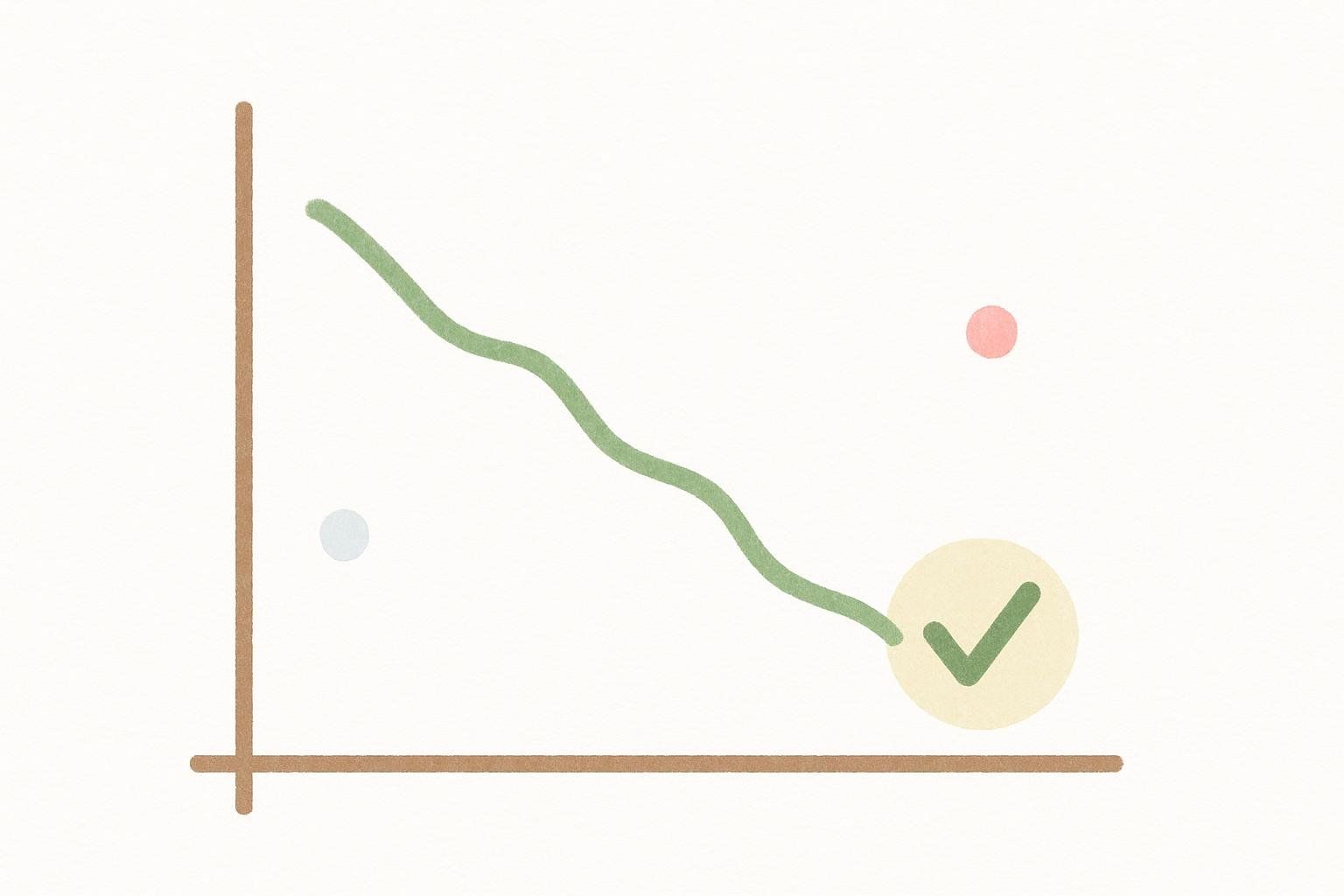
- Motivation: Watching the number drop is concrete proof your habits are working.
- Health Risk: A metabolic age above chronological age correlates with higher waist circumference, blood pressure, and insulin resistance (Barrea et al., 2020).
- Training Feedback: Muscle gain should nudge your metabolic age downward—even if the scale stays the same.
5 Proven Ways to Lower (Improve) Your Metabolic Age

| Strategy | Why It Works | Starter Tip |
|---|---|---|
| Prioritize Strength Training | Every extra pound of muscle burns ≈ 6 kcal/day at rest (Wolfe, 2006) | 2�–3 full-body resistance sessions/week |
| Prioritize Protein | Protein’s thermic effect is ≈ 20–30 % of its calories—much higher than carbs or fat (Westerterp, 2004) | Follow our protein intake guidelines of 0.6–0.8 g per lb of body weight for active individuals (specific needs vary; use DEXA lean-mass data or consult a dietitian) |
| Get 7–9 h of Sleep | Short sleep lowers leptin and raises ghrelin, hormones that influence appetite and metabolism (Taheri et al., 2004) | Set a “tech curfew” 60 min before bed |
| Add Interval Training | HIIT elevates post-exercise oxygen consumption (EPOC), temporarily raising calorie burn (LaForgia et al., 2006) | Try a 15-min HIIT finisher twice a week |
| Manage Stress | Chronic cortisol can suppress thyroid hormones, reducing metabolic rate (Tsigos & Chrousos, 2002) | Test-drive 5-min box-breathing breaks |
For a data-driven baseline, consider a DEXA scan near you. You’ll see exactly how much lean tissue you’re adding—and why that matters more than the scale alone.
Frequently Asked Questions
Is metabolic age the same as biological age?
Not quite. Biological age estimates overall cellular wear and tear (telomere length, epigenetic markers). Metabolic age focuses solely on calorie-burn efficiency.
What is a “good” metabolic age?
Hitting your chronological age or lower is generally considered ideal.
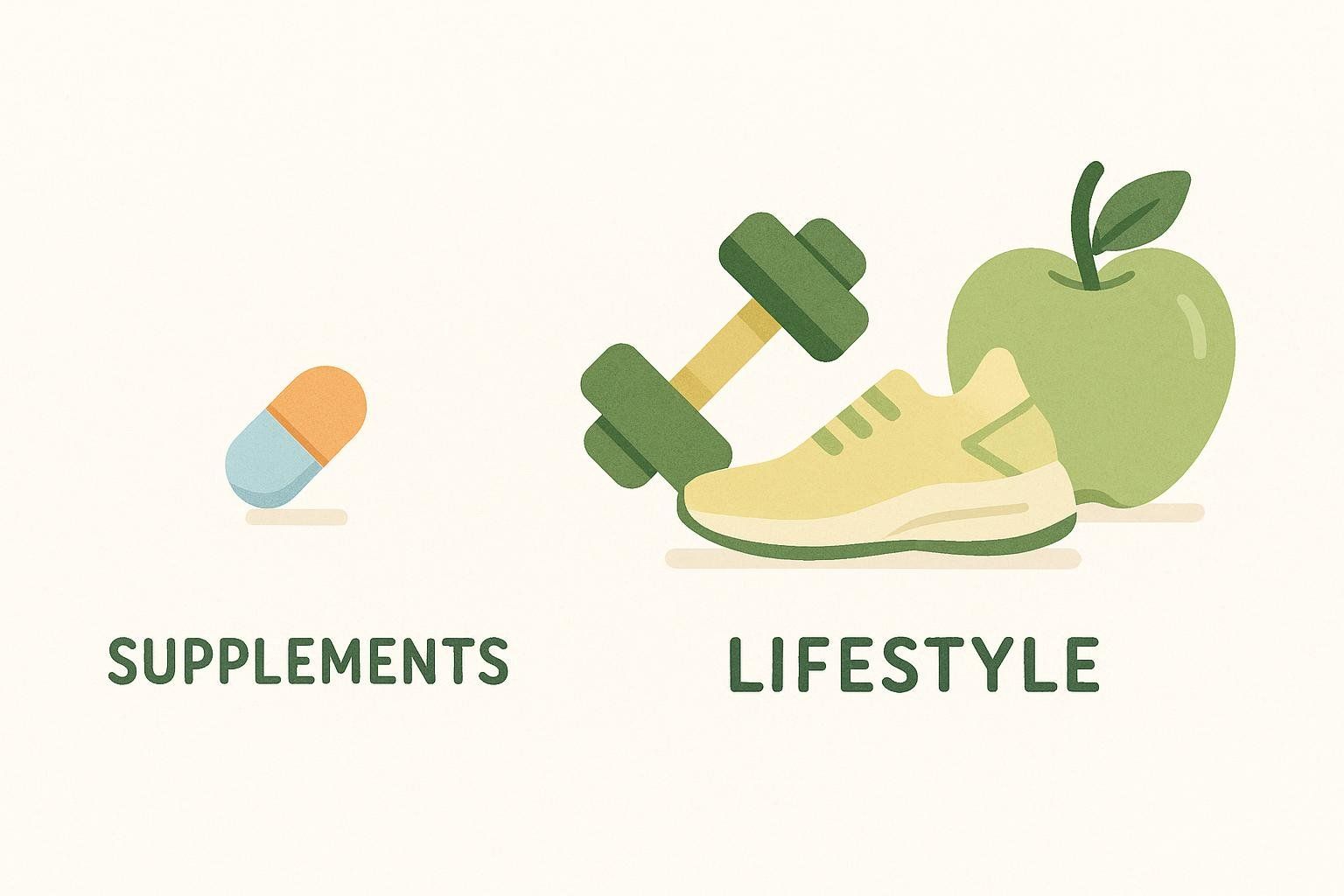
Can supplements improve my metabolic age?
Caffeine and green-tea extract provide small, temporary boosts, but lifestyle changes offer more significant and sustainable benefits than supplements (Hursel & Westerterp-Plantenga, 2010).
How often should I retest?
Every 8–12 weeks aligns with the time it takes for measurable changes in muscle mass or RMR.
Next Step: Turn Numbers Into Action
A calculator gives you estimates. A BodySpec DEXA gives you evidence—your exact lean mass, fat distribution, and bone density. Book a scan today to:
- Get your exact lean-mass measurement, the single most important factor for an accurate metabolic rate
- Track visceral fat (a key metabolic-health marker)
- Monitor bone density to keep your foundation strong as you age
Ready to see the real story behind your metabolic age? Schedule your DEXA scan now.
